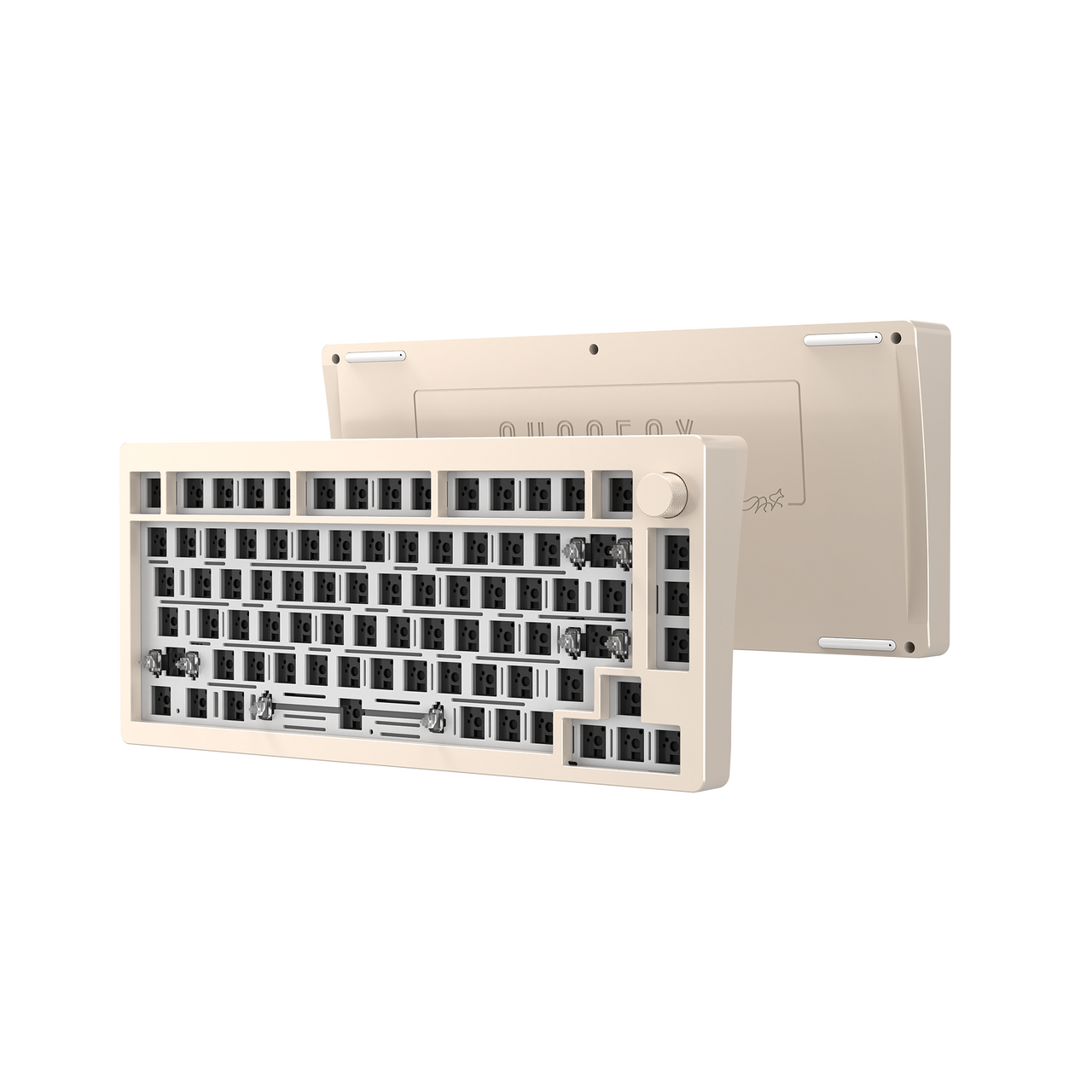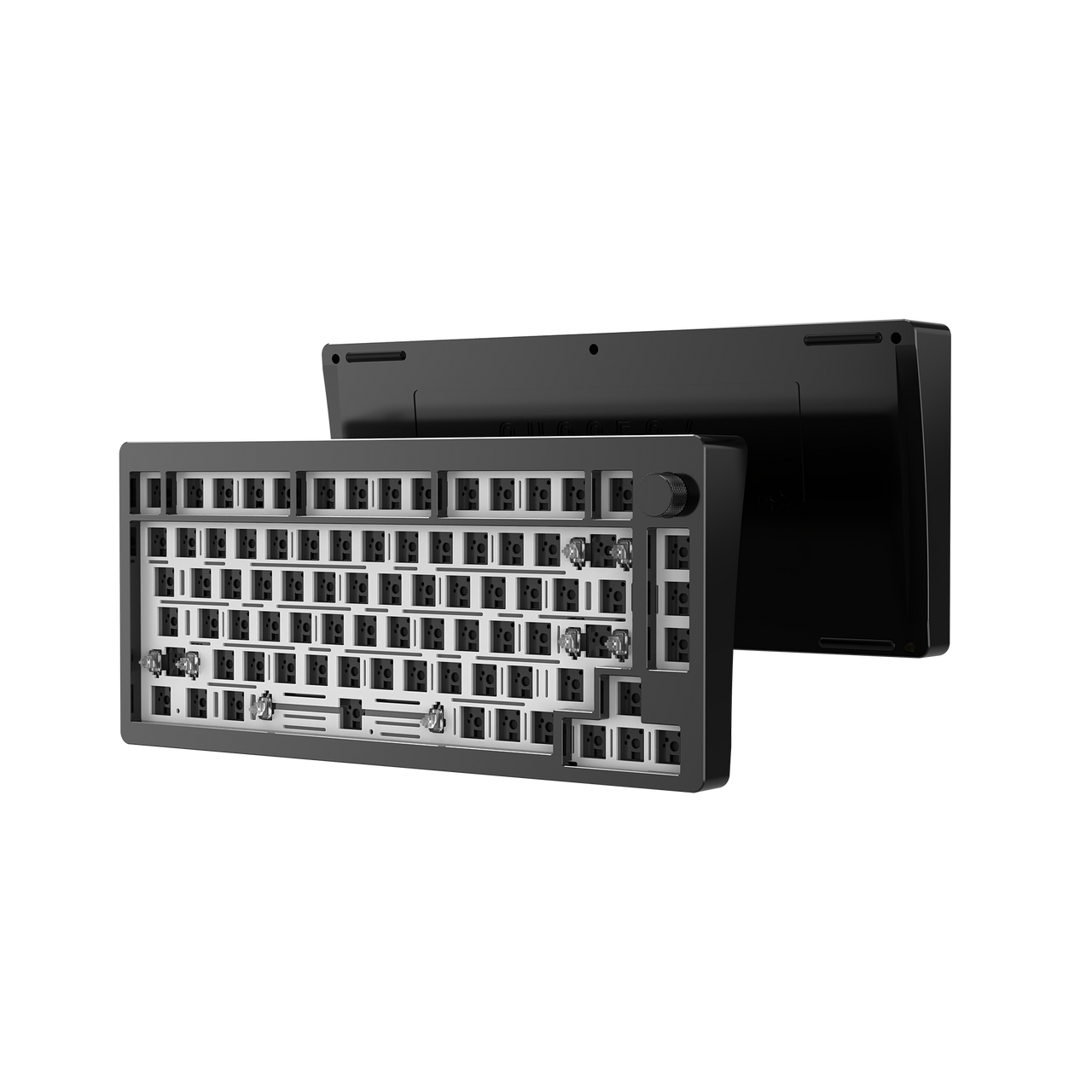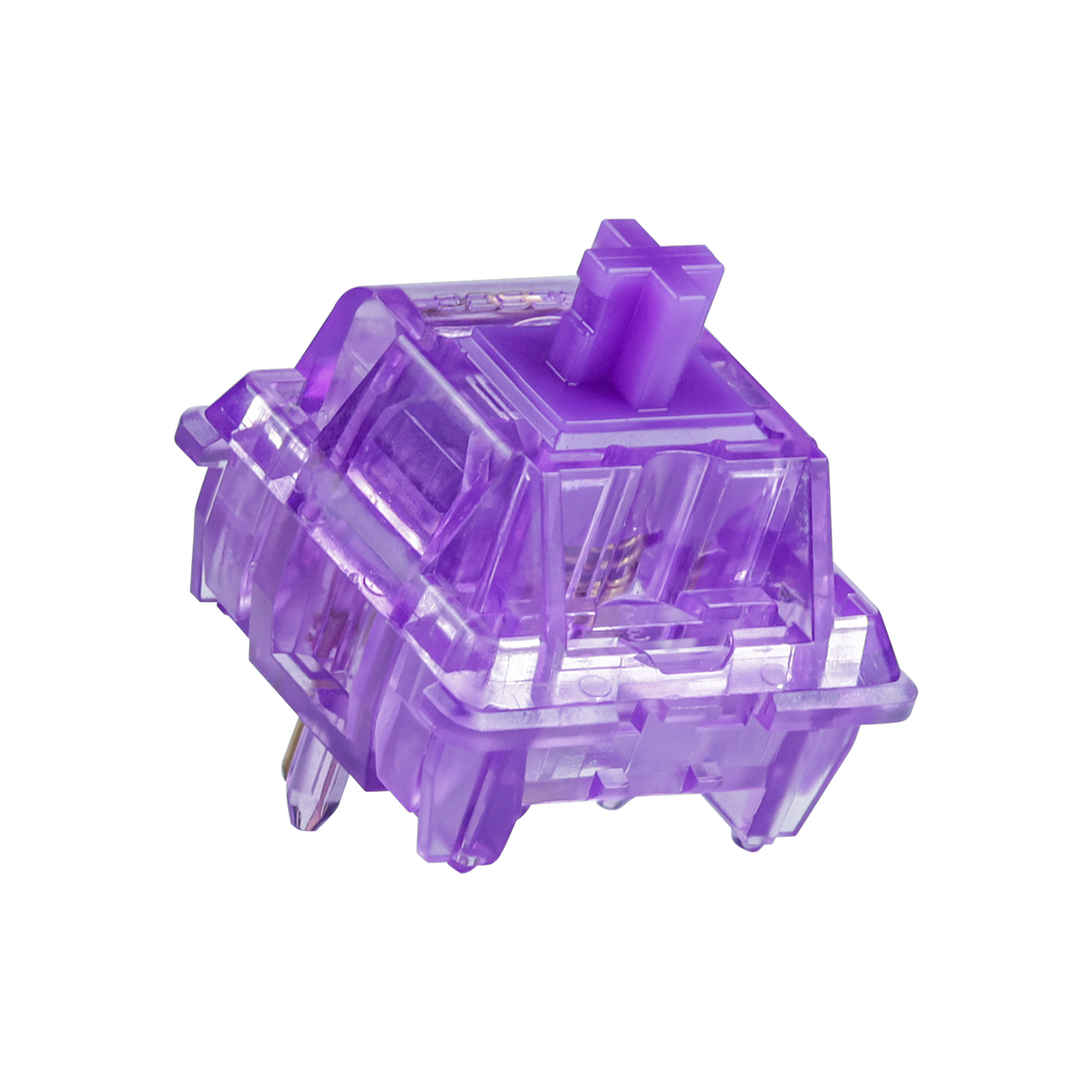Introduction to Keycap Profiles
Different Keycap Profiles to Match Your Typing
The two major characteristics that define keycap profiles are height and shape. The height is the distance from the bottom of the keycap to the highest point and possible shapes are uniform or sculpted.
Sculpted means the keycaps for the outside keys of the keyboard are taller than those in the middle and are angled toward the center. In addition, the top surface of a keycap can have a spherical or cylindrical indentation to fit a fingertip.
Sculpted means the keycaps for the outside keys of the keyboard are taller than those in the middle and are angled toward the center. In addition, the top surface of a keycap can have a spherical or cylindrical indentation to fit a fingertip.
Tall, sculpted keycap sets often give the keyboard a retro look while short, uniform keycaps look modern and tidy.
Depending on how you type, you may find it easier to position your hands on sculpted keys or that short, flat keys let you type faster.
The choice of profile is really a matter of personal preference. The most commonly used keycap profiles include the following:
- Cherry. The Cherry profile keycap set is one of the most popular. At just under 10 mm, the tallest caps are of average height and the set is slightly sculpted with cylindrical key tops that have a low center and higher edges left and right.
- OEM. Similar to Cherry, the OEM keycap set is slightly higher at almost 12 mm and slightly sculpted with center keys at about 10 mm. It is a standard profile used across many major brands of keyboard.
- SA. One of the highest popular keycap sets, the outside keys are at 16.5 mm and the sculpted set is heavily angled toward the center of the keyboard. The keycaps have spherical tops.
- MDA. MDA profile keycap sets are easily identifiable by the sculptured profile. From a side profile, you can see a very clear and uniform concaveness as the design is meant to look sleek. Individual keycaps for this profile have a very wide and flat surface. MDA profile keycaps typically have dye-sublimated legends and are made of PBT plastic and have a smooth feel to them.
- DSA. At a uniform 7.6 mm height, the DSA keycaps are short and the set is not sculpted. Many people like the low-profile flat look. The tops of the keys have a spherical indentation with a low center and high edges all around the key.

The Keyboard Layout Affects Your Choice of Keycaps
The two major keyboard layouts are key arrangements specified by the American National Standards Institute (ANSI) and the International Standards Organization (ISO).
The ISO keyboard can be recognized by the distinctive "Enter" key that takes up two rows, with the part in the top row slightly wider to form an upside down "L". Other differences include the following:
- The ANSI "backslash" key is above the "Enter" key while the ISO "backslash key is to the left of the "Enter" key
- The ANSI right "alt" key is replaced with an ISO "alt gr" key that gives access to additional symbols on a key
- The ISO left "Shift" key is smaller, leaving room for an extra key
- The availability of keycap sets is much greater for ANSI than for ISO





